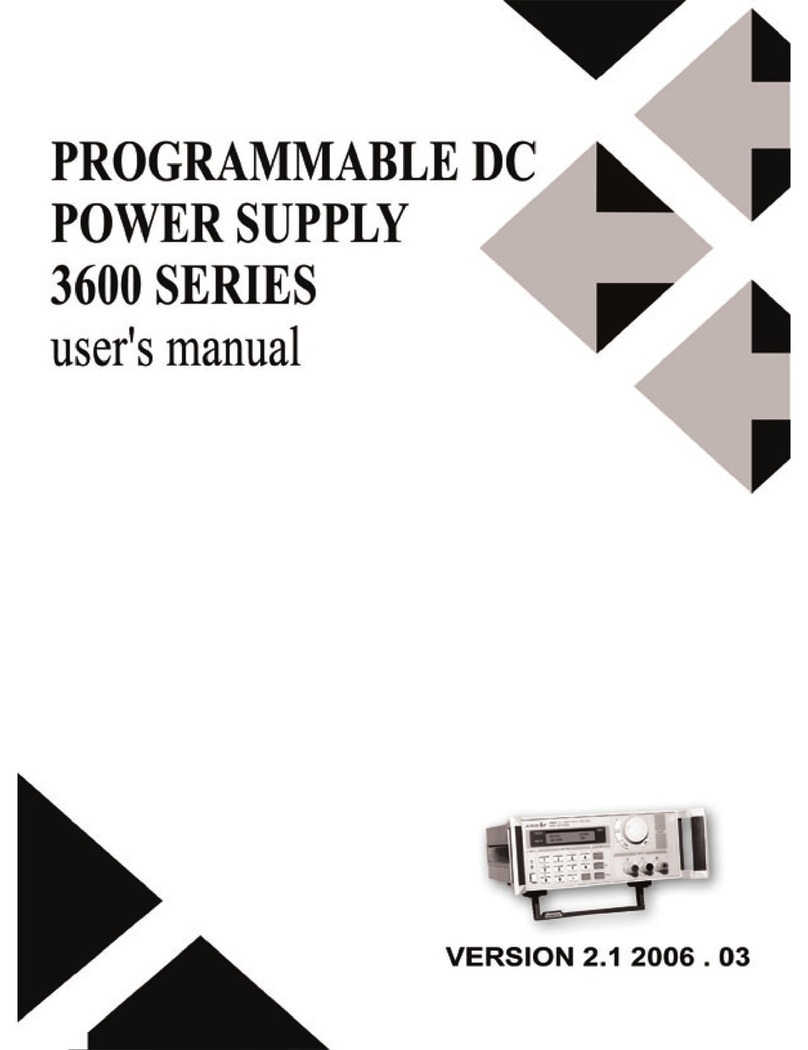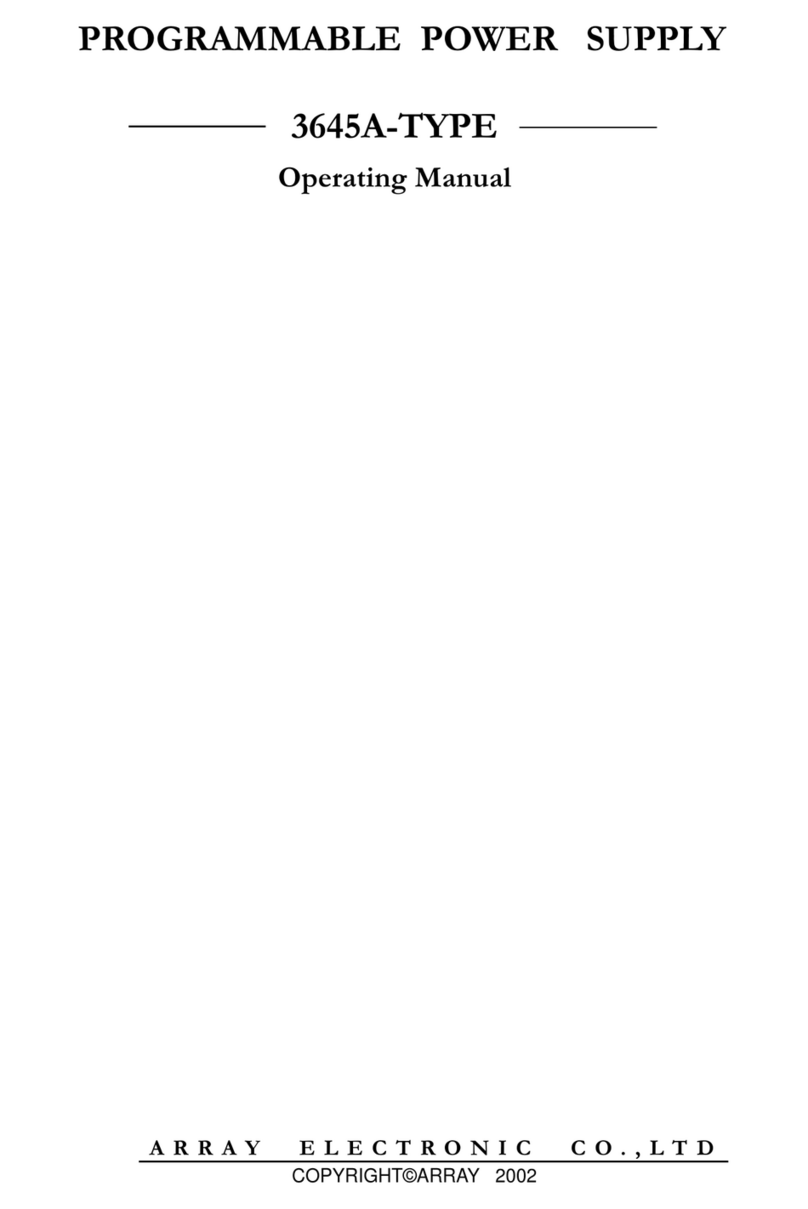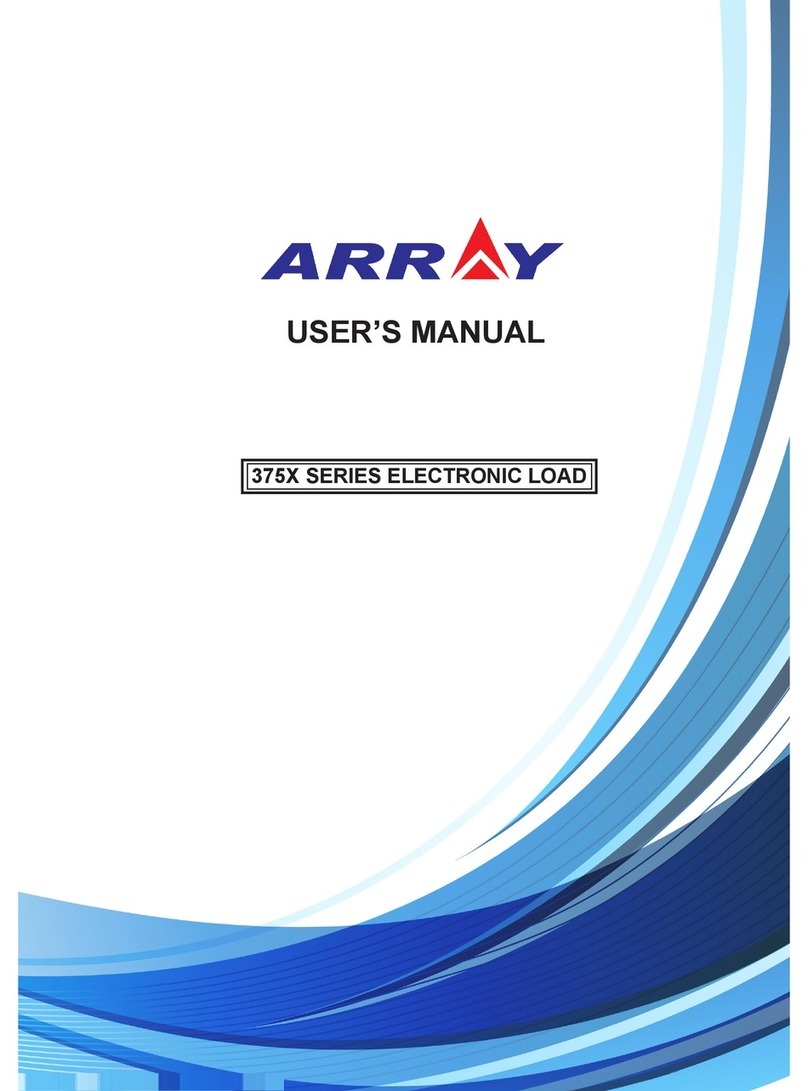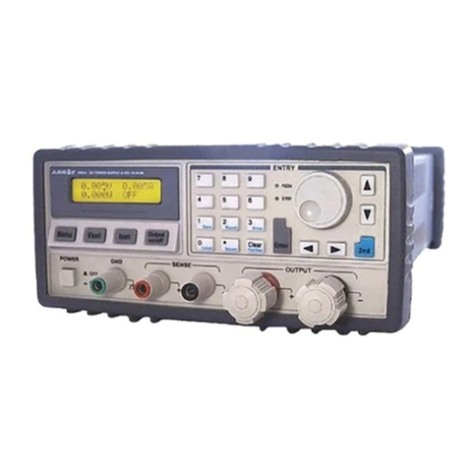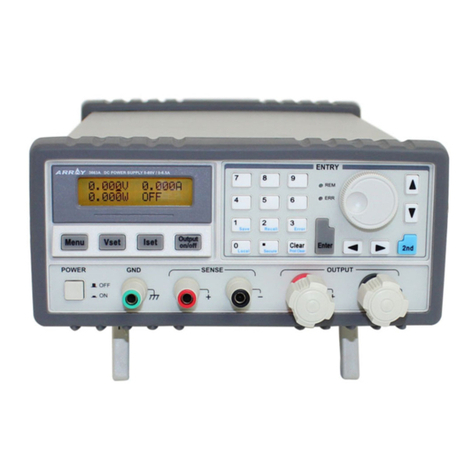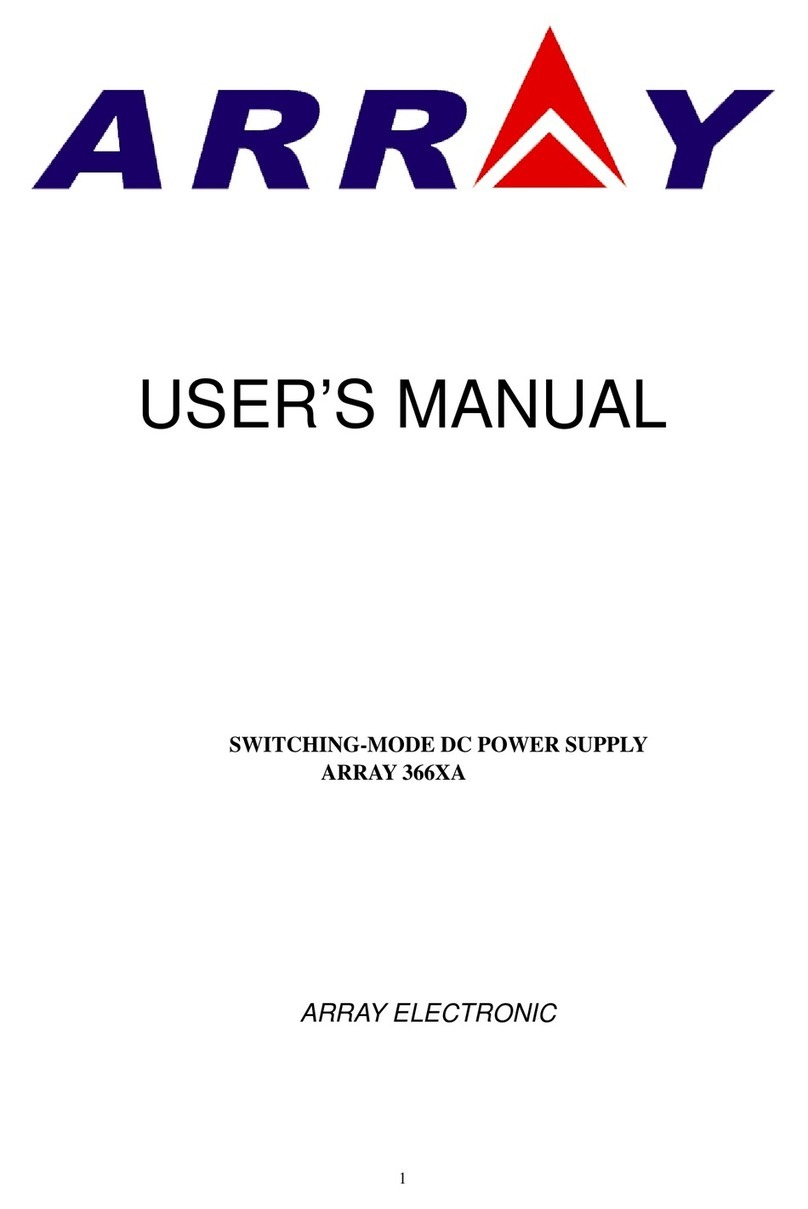2
2.8 Triggered Operation................................................................................................................. 23
2.9 Input Control............................................................................................................................ 24
2.9.1 Turning On/Off the Load............................................................................................. 24
2.9.2 Von Point/Von Latch ..................................................................................................... 25
2.9.3 Current Limit in CV Mode.......................................................................................... 26
2.9.4 Current Rise Rate ......................................................................................................... 26
2.9.5 Current Fall Rate.......................................................................................................... 26
2.10 Measurement Function.......................................................................................................... 27
2.11 Saving and Recalling.............................................................................................................. 27
2.12 Reading Remote Programming Errors................................................................................ 28
2.13 Status Report........................................................................................................................... 29
2.14 Protection Function................................................................................................................ 29
2.14.1 Clearing Latched Protection...................................................................................... 29
2.14.2 Overvoltage.................................................................................................................. 30
2.14.3 Overcurrent ................................................................................................................. 30
2.14.4 Overpower.................................................................................................................... 30
2.14.5 Overtemperature......................................................................................................... 30
2.14.6 Reverse Voltage............................................................................................................ 30
2.15 Auxiliary Functions................................................................................................................ 30
2.15.1Trigger Function Selection.......................................................................................... 30
2.15.2 Knob Function............................................................................................................. 31
2.15.3 Key Sound.................................................................................................................... 31
Chapter3 Installation............................................................................................................................. 31
3.1 Initial Check............................................................................................................................ 31
3.2 Environment/Installation Location.................................................................................. 31
3.3 Power-On/ Self-Test ............................................................................................................. 31
3.4 Connections on the Rear Panel........................................................................................ 32
3.5 Connections on the Front Panel...................................................................................... 33
3.6 Wiring....................................................................................................................................... 34
Chapter 4 Local Operation.................................................................................................................... 35
4.1 Local Control............................................................................................................................ 35
4.2 Main Operation on the Front Panel....................................................................................... 35
4.3 Connecting to the Power Supply ............................................................................................ 35
4.4 Turning the Input On/Off........................................................................................................ 36
4.5 Basic Operation........................................................................................................................ 36
4.5.1 CC Mode ........................................................................................................................ 36
4.5.2 CV Mode ........................................................................................................................ 38
4.5.3 CR Mode......................................................................................................................... 39
4.5.4 CP Mode........................................................................................................................ 41
4.6 Short Circuit Operation .......................................................................................................... 42
4.7 Transient Operation................................................................................................................. 43
4.7.1 Continuous Transient Operation......................................................................... 44
4.7.2 Pulsed Transient Operation................................................................................. 46
4.7.3 Toggled Transient Operation............................................................................... 47
